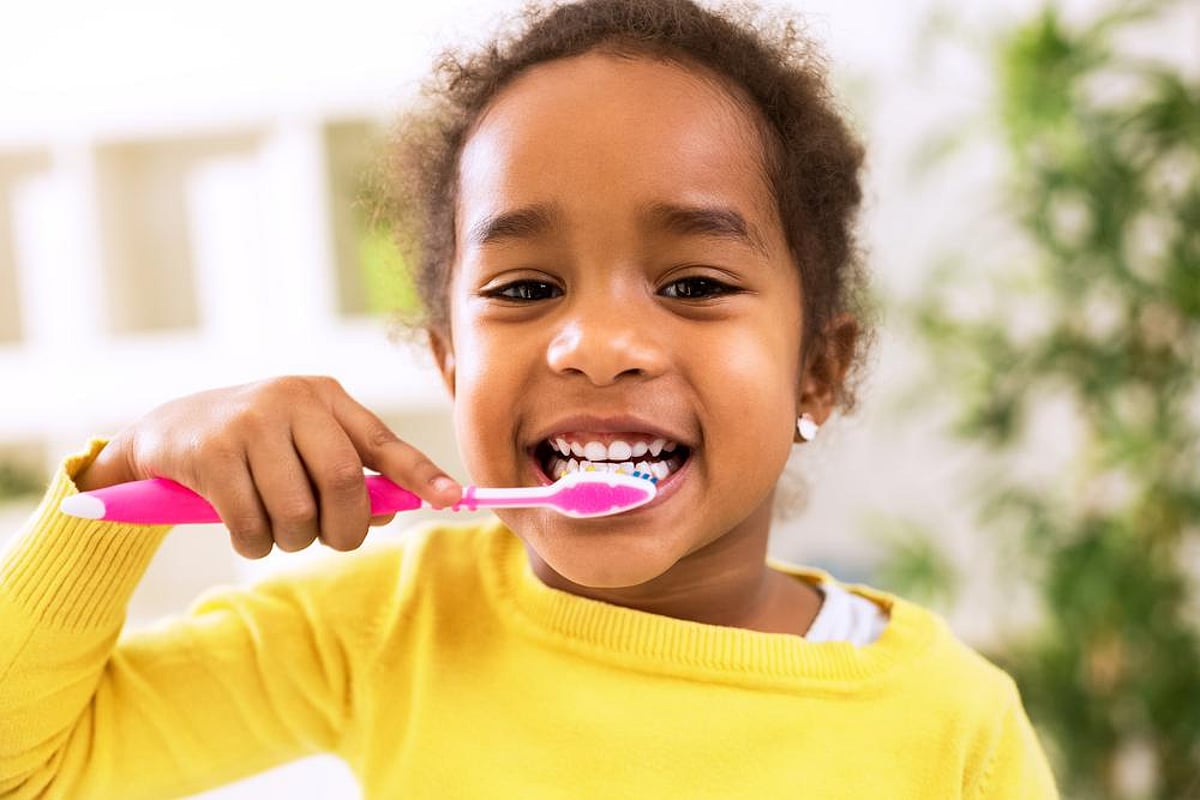Brushing 2

You know you need to brush your teeth and floss every day. But do you know how to get the most out of it? Even if you think you mastered brushing and flossing in grade school, you may still have a few things to learn.
What kind of toothbrush should I buy?

America is a world leader in toothbrush technology. Walk through the oral hygiene aisle of a grocery store, and you'll discover many innovations: toothbrushes angled like dental tools, handles that bend and twist and change colors, bristles that are "specially shaped to reach between teeth"... the list goes on. And don't overlook those electric toothbrushes, some of which are powerful enough to take that knot out of your back after you're done with your teeth.
So many choices, so little consequence. When it comes to brushing, the brush itself is much less important than the person holding it, says Cynthia Sherwood, DDS, a family dentist in Independence, Kansas, and a spokeswoman for the Academy of General Dentistry. If you know how to brush your teeth properly, you won't need a fancy toothbrush to keep your teeth healthy, she says. Sherwood does recommend electric toothbrushes to many of her patients with gum disease, however. The extra vibration seems to help massage the gums and speed healing.
Whether you decide to go for straight or angled, manual or electric, fancy or plain, you should follow a few basic guidelines. The Academy of General Dentistry recommends choosing a toothbrush with a small head (about an inch long and a half-inch wide) and a long handle. Ideally, the brush should have soft, rounded bristles (choose one labeled "Soft"). Hard bristles won't get your teeth any cleaner, but they can wear down your teeth and damage your gums.
How often should I change my toothbrush?
Bent, frayed, or flattened bristles can't clean teeth very well, but they can be a haven for bacteria. Change your toothbrush every three to four months, or sooner if the bristles are no longer straight.
What kind of toothpaste?
As with toothbrushes, the type of paste you use isn't nearly as important as how well you use it. "I tell my patients that they can use any paste they want, as long as it contains fluoride, " Sherwood says.
How should I brush?
First of all, don't rush yourself. Unless you've had a mishap or extraction along the way, you have 32 teeth to clean. This is not a 10-second job. Place your toothbrush at a 45-degree angle along the gumline. Using a circular motion, gently rub your brush back and forth across every surface of your teeth -- the tops, the backs, the sides, the front. Don't forget to brush along the gumline and behind your back teeth.
References
Interview with Cynthia Sherwood, DDS, a family dentist in Independence, Kansas, and a spokeswoman for the Academy of General Dentistry
Academy of General Dentistry. How do I choose and use a toothbrush?
Academy of General Dentistry. What is the best technique for brushing?
Academy of General Dentistry. Flosses and waterpicks.
Oral Health Information. American Dental Hygienists Association www.adha.org/oralhealth/brushing.htm
Related Posts
Lots of Americans Lied to Others About COVID: Study
MONDAY, Oct. 10, 2022 (HealthDay News) -- At the height of the COVID-19...
Dormir mal más una susceptibilidad genética puede aumentar el riesgo de asma de algunas personas
MARTES, 4 de abril de 2023 (HealthDay News) -- Dormir bien de noche es...
New High-Tech CT Might Expand Heart Imaging
TUESDAY, June 20, 2023 (HealthDay News) -- The benefits of noninvasive imaging...
Dolphins Have a Functioning Clitoris, Study Finds
TUESDAY, Jan. 11, 2022 (HealthDay News) -- The sex lives of dolphins may seem to...
